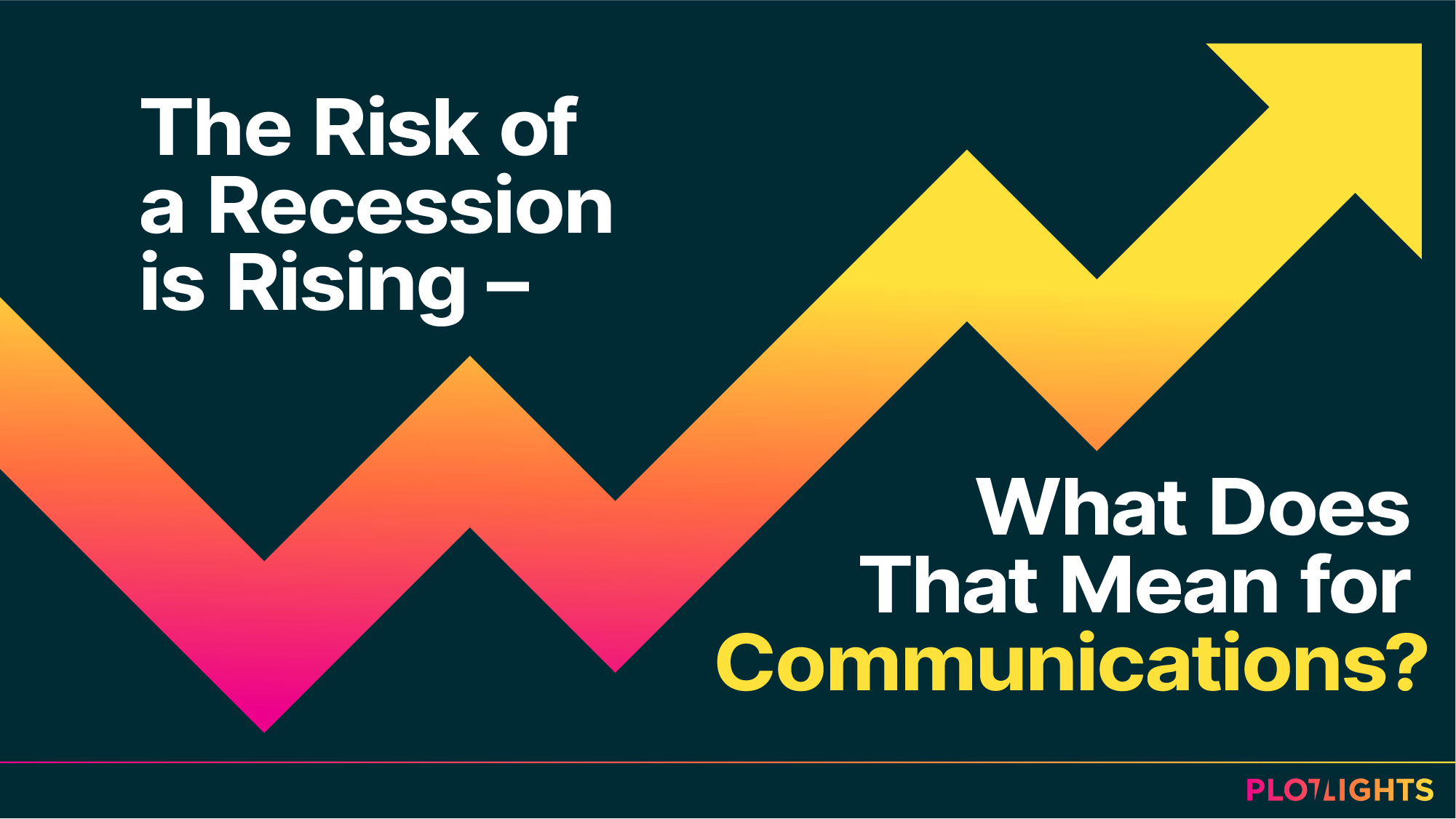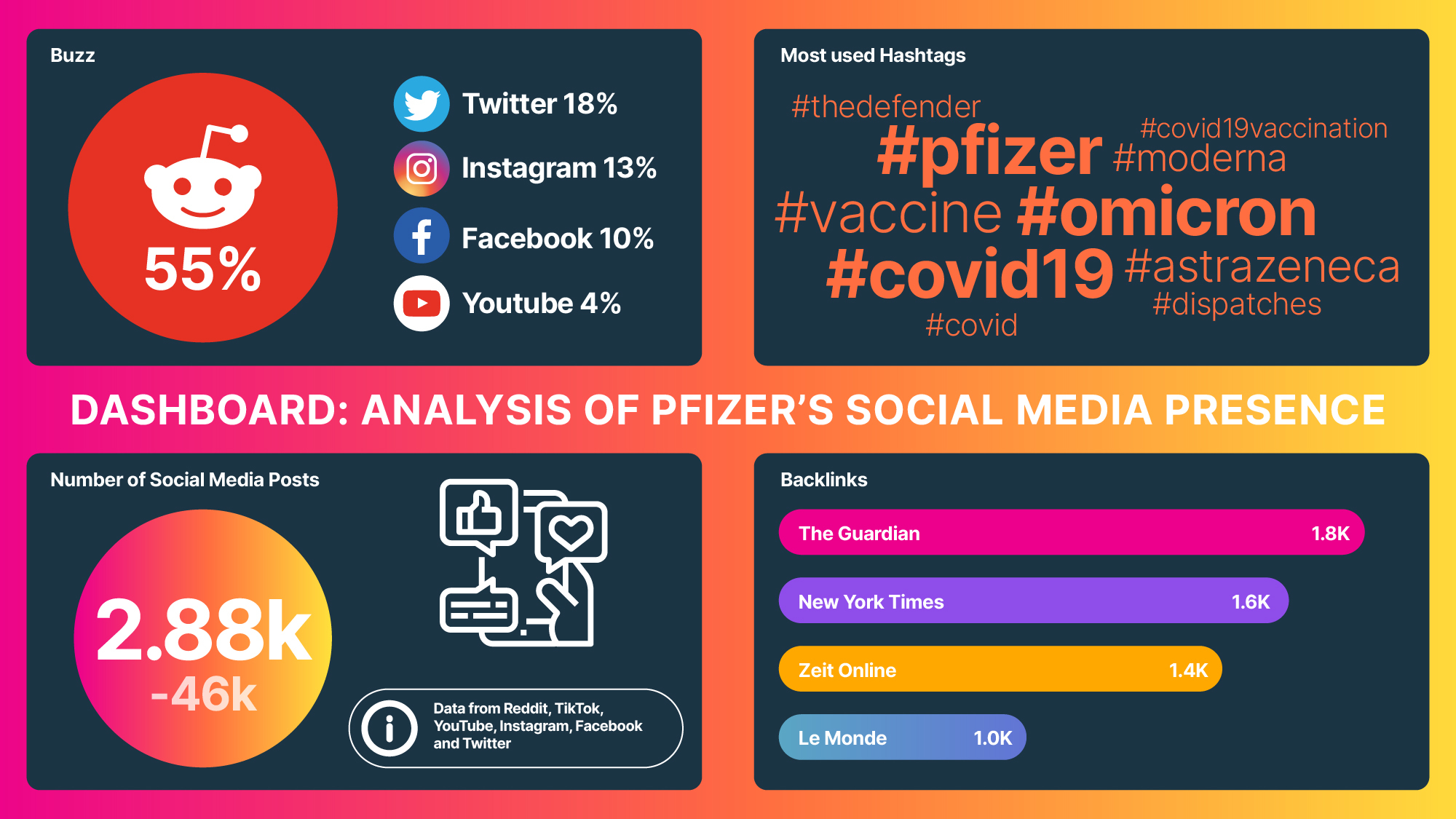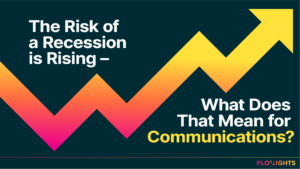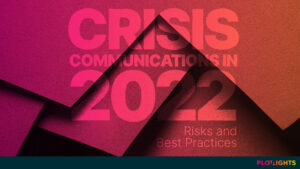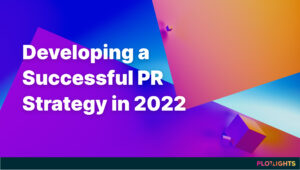Plotlights partners with online trust ratings organization NewsGuard to add a crucial protection layer to brands’ communication strategies combining data-driven technology with human intelligence – all fully integrated within the Plotlights platform.
Misinformation can cost brands multiple billion dollars a year and lead to massive reputation damages — both through false news about the company, as well as through placing advertising on sources that spread harmful and false content and becoming associated with such spreaders of misinformation. While there are many organizations that work to combat misinformation, NewsGuard is the only one that is entirely human-powered. Its premise is that while artificial intelligence can detect pornography and certain hate speech, only human intelligence can distinguish misinformation and disinformation from legitimate news. Thus, it uses trained journalists to research and rate media sources to determine generally trustworthy and generally untrustworthy news sites.
NewsGuard was founded in 2018 by a team of experienced journalists to counter the rising phenomenon of misinformation online and to help restore trust – a prerequisite for any successful communication. Since then, a growing team of journalists has analyzed and rated more than 6,500 news and information websites in the United States, UK, Italy, Germany and France, with imminent plans to expand to Australia and Canada.
NewsGuard’s unique dataset empowers users, governmental agencies, businesses, content moderators, and communications professionals to make informed decisions about which sites to include in their strategies and tactics and which sources could be untrustworthy and should be approached with caution.

How Does the NewsGuard Rating System Work?
NewsGuard analyzes and rates news and information websites manually. Ratings are reviewed periodically. NewsGuard does not rate individual articles or journalists, but entire media sources. This helps scale the rating system, resulting in having a single rating apply to all of the content published by a website, which generally adheres to the same editorial standards. NewsGuard is a non-partisan organization and receives positive reviews from both conservative and liberal news outlets. All journalists involved in the rating are required to sign an ethics and conflicts of interest policy, and they do not advance political agendas or bias in their work.
NewsGuard’s rating criteria are based on transparency and credibility. Each criterion is worth a certain number of points out of 100. A score of 60 points or higher means that the website generally adheres to basic standards of credibility and transparency. A score lower than 60 points means that the website does not meet such standards.
Here are the nine criteria that NewsGuard uses to assess websites:
- Does not repeatedly publish false content: The site does not repeatedly produce stories that have been found to be clearly and significantly false, and which have not been quickly and prominently corrected. (22 points)
- Gathers and presents information responsibly: Content providers are generally fair and accurate in reporting and presenting information. They reference multiple sources, preferably those that present direct, firsthand information on a subject or event or from credible second hand news sources, and they do not egregiously distort or misrepresent information to make an argument or report on a subject. (18 points)
- Regularly corrects or clarifies errors: The site makes clear how to report an error or complaint, has effective practices for publishing clarifications and corrections, and notes corrections in a transparent way. (12.5 points)
- Handles the difference between news and opinion responsibly: Content providers who convey the impression that they report news or a mix of news and opinion distinguish opinion from news reporting, and when reporting news, do not egregiously cherry pick facts or stories to advance opinions. Content providers who advance a particular point of view disclose that point of view. (12.5 points)
- Avoids deceptive headlines: The site generally does not publish headlines that include false information, significantly sensationalize, or otherwise do not reflect what is actually in the story. (10 points)
- Website discloses ownership and financing: The site discloses its ownership and/or financing, as well as any notable ideological or political positions held by those with a significant financial interest in the site, in a user-friendly manner. (7.5 points)
- Clearly labels advertising: The site makes clear which content is paid for and which is not. (7.5 points)
- Reveals who’s in charge, including possible conflicts of interest: Information about those in charge of the content is made accessible on the site. (5 points)
- The site provides the names of content creators, along with either contact or biographical information: Information about those producing the content is made accessible on the site. (5 points)
More information on the ratings process and criteria can be found here.
How can Misinformation and Disinformation Impact Organizations?
Misinformation and disinformation are pegged to cost organizations $78 billion a year resulting from stock market losses, loss of revenues and significant drops in reputation.
This damages brands both directly and indirectly: directly, if the damaging news involves negative or misleading information about the company’s products or services, and indirectly if the company becomes associated with sources deliberately spreading mis- or disinformation online. False reports about companies and their products can create confusion among customers, in addition to the negative impact on share prices. These reputational harms can be most quickly repaired the sooner companies are aware of the nature of the false claims. In many cases, these false claims are made by news and information sources that NewsGuard has already rated negatively for previously publishing false content.
As soon as a false claim is published by a news site that NewsGuard has rated Red for being generally unreliable—and thus has “prebunked” by warning readers to proceed with caution—companies can cite the nature of the source when countering false content with accurate information. Companies can cite the NewsGuard rating and Nutrition Label for the source, as well as cite examples of previous falsehoods the NewsGuard label indicates that the site has published. This will help companies quickly promote accurate information to responsible news media. (By the same token, if information about a company or its products comes from a source that NewsGuard has rated highly, this can be used as a signal to the company to take the claims seriously and to investigate promptly.)
Interested in knowing more about how Plotlights and NewsGuard data can support your communication success? Contact us at hello@plotlights.com
NewsGuard uses journalism to fight fake news. Our trained analysts, who are experienced journalists, research online news brands to help readers and viewers know which ones are trying to do legitimate journalism–and which aren’t. Our goal is to give everyone the information they need to be better informed about which news sources they can rely on—or can’t rely on.
Plotlights leads organizations into a new era with the first fully-integrated Media Intelligence and Threat Intelligence platform. With our AI-driven technology communication experts create brand visibility, build powerful brands and safeguard the reputation of organizations, products and executives.

